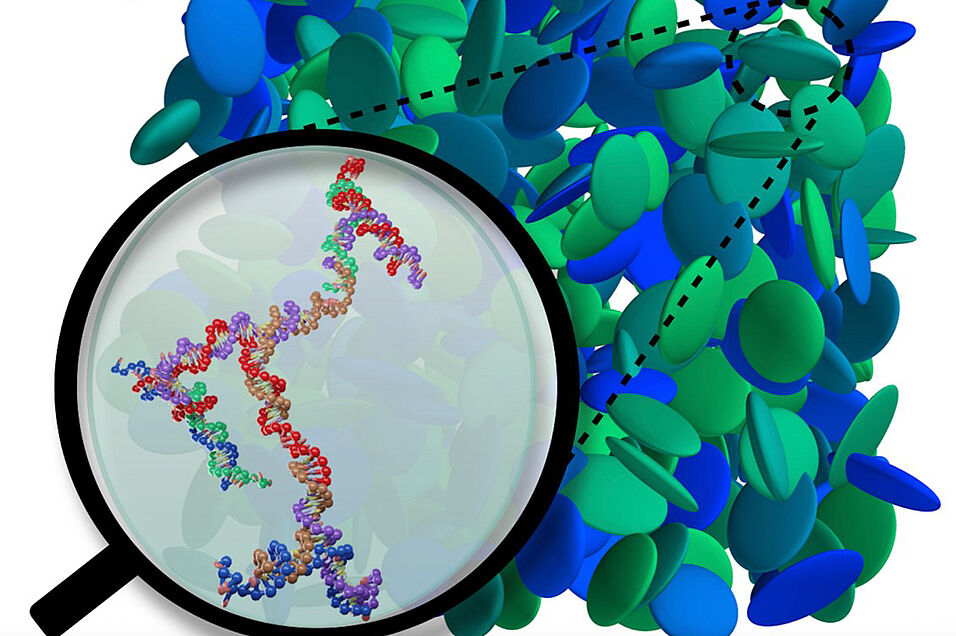Macroscopic intuition tells us that no two objects can occupy the same position in space, as this is forbidden by strong atomic repulsions having their origin at the Pauli exclusion principle. We can place empty boxes within one another, though, because empty space is "penetrable". In soft matter Physics, such "empty boxes" can be macromolecular aggregates composed of polymers, whose fractal nature guarantees that most of the space spanned by the molecule is actually "empty", i.e., occupied by solvent molecules, such as water. Since two such macromolecular aggregates can be placed "on top of each other", their effective interactions feature only very weak repulsions, and they have thus been termed "ultrasoft".
Ultrasoft interactions have raised the interest of a broad community of researchers, spanning physicists, chemists, materials scientists and engineers. One would like to be able to tune their shape and form at will by modifying either the characteristics of the solution or the molecular architecture of the underlying polymers. In a recent publication, a collaboration between theorists at the Faculty of Physics of the University of Vienna and the Technical University of Vienna, and experimentalists at the Forschungszentrum Jülich has demonstrated how to achieve this goal. By synthesizing tree-like, DNA-based molecules called dendrimers, ultrasoft interactions between the latter ensue, as the same team of researchers had already demonstrated in previous works.
In a recent breakthrough, the experimentalists have added a new twist to the story: by selectively endowing the DNA-dendrimer scaffold with suitably positioned flexible joints, the properties of the ultrasoft interactions can be precisely controlled. Joint efforts by theory, simulation and experiment have subsequently demonstrated that specific features in the ensuing structural correlations of DNA-dendrimer solutions, such as two distinct length scales in the scattering intensity from such solutions, are directly stemming from the presence or absence of such flexible connections in the molecules. These features are not only unique for ultrasoft interactions but, as the latest Vienna-Jülich collaboration has shown, readily attainable in experiments by taking advantage of the vast possibilities offered by DNA nanotechnology and the associated theoretical approaches.
The work has been published in the journal "Small", and it underlines the importance of collaboration between experiment and theory in unlocking the secrets and discovering the potential of soft materials at the nanoscale.
Soft Matter Theory and Simulation Group at the Faculty of Physics of the University of Vienna
Stiakakis Group at the Institute of Biomolecular Systems and Processes of the Forschungszentrum Jülich
Publication: Nataša Adžić, Clemens Jochum, Christos N. Likos, and Emmanuel Stiakakis: Engineering Ultrasoft Interactions in Stiff All-DNA Dendrimers by Site-Specific Control of Scaffold Flexibility, Small 2023, 2308763,
DOI: 10.1002/smll.202308763

